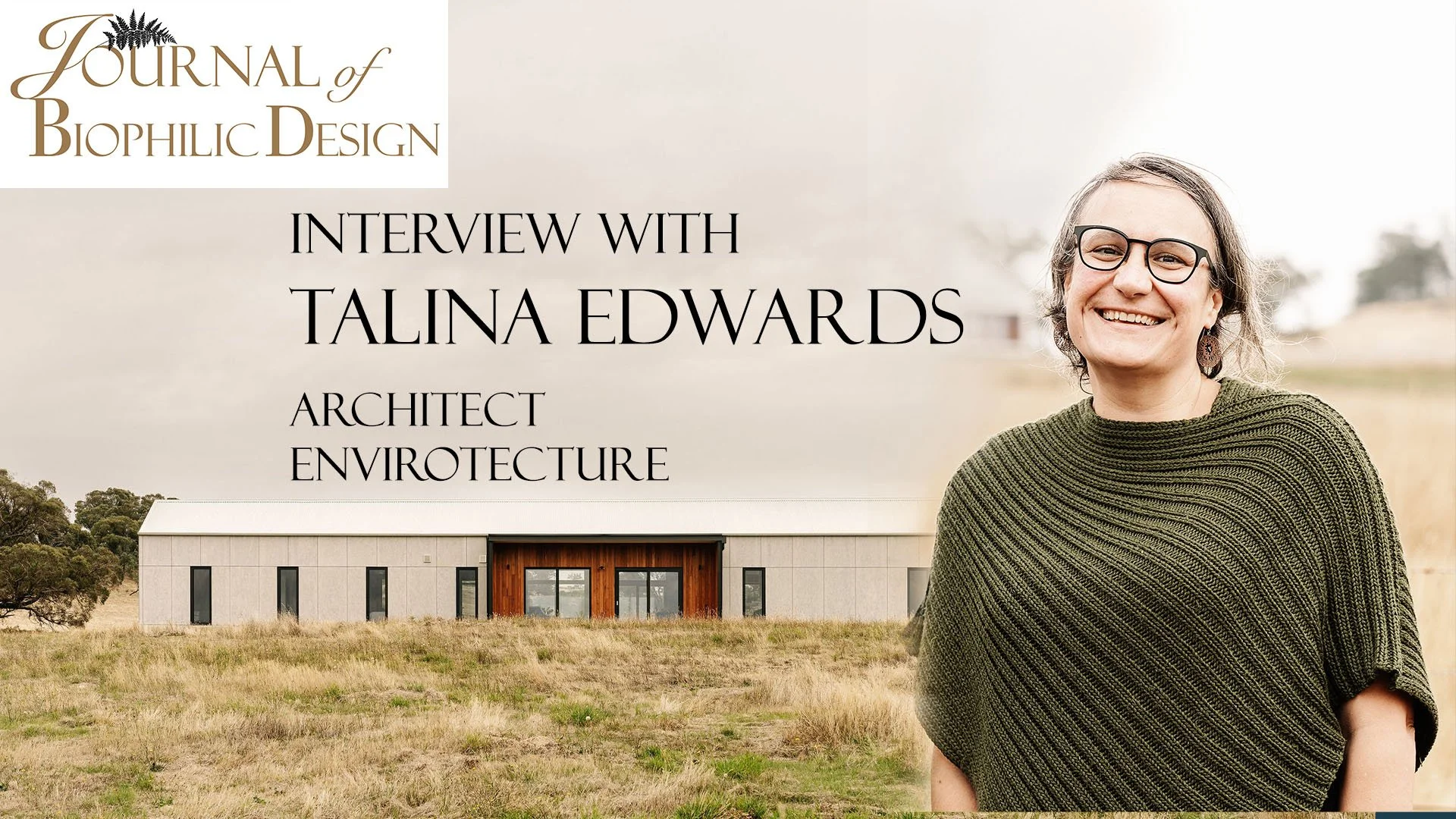US Modernist architecture and Biophilic Design share a philosophical alignment, both fundamentally committed to creating human-centric spaces that celebrate our intrinsic connection to nature. By prioritising natural light, material authenticity, and design that responds to human behavioural patterns, these approaches transform buildings from mere shelters into living, breathing environments.
Architects like Frank Lloyd Wright and Richard Neutra were pioneering biophilia decades before the term existed as a design principle, strategically integrating large windows, natural materials, and designs that blur indoor-outdoor boundaries. Their work demonstrates that truly great architecture isn't about imposing human structures on the landscape, but about creating harmonious spaces that enhance human well-being by maintaining a deep, sensory dialogue with the natural world. This shared vision sees buildings not as static objects, but as dynamic systems that support physical, psychological, and emotional health through thoughtful, nature-inspired design.
What if your home could be more than just a container for living? What if it could enhance your wellbeing, sync with natural rhythms, and make you feel truly alive?
Imagine a house that breathes with the landscape, where windows frame nature like living paintings and every design choice connects you to the world outside We speak with George Smart, founder of US Modernist the award-winning archive and podcast dedicated to preserving and celebrating Modernist design. READ ON and listen or watch the interview with George…


